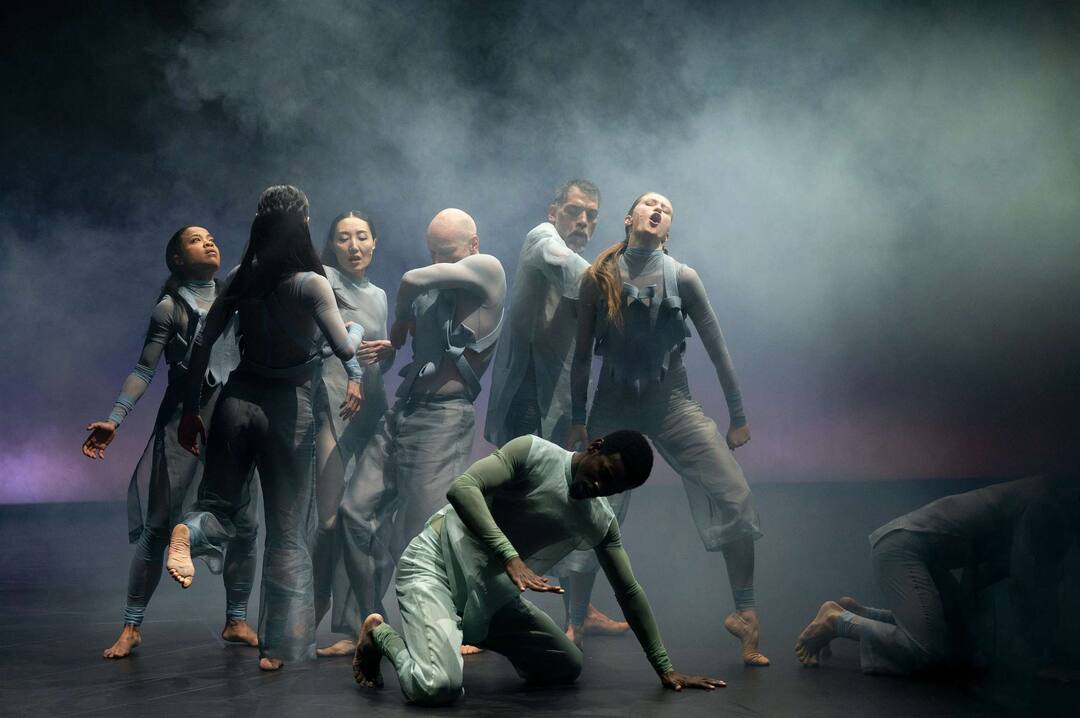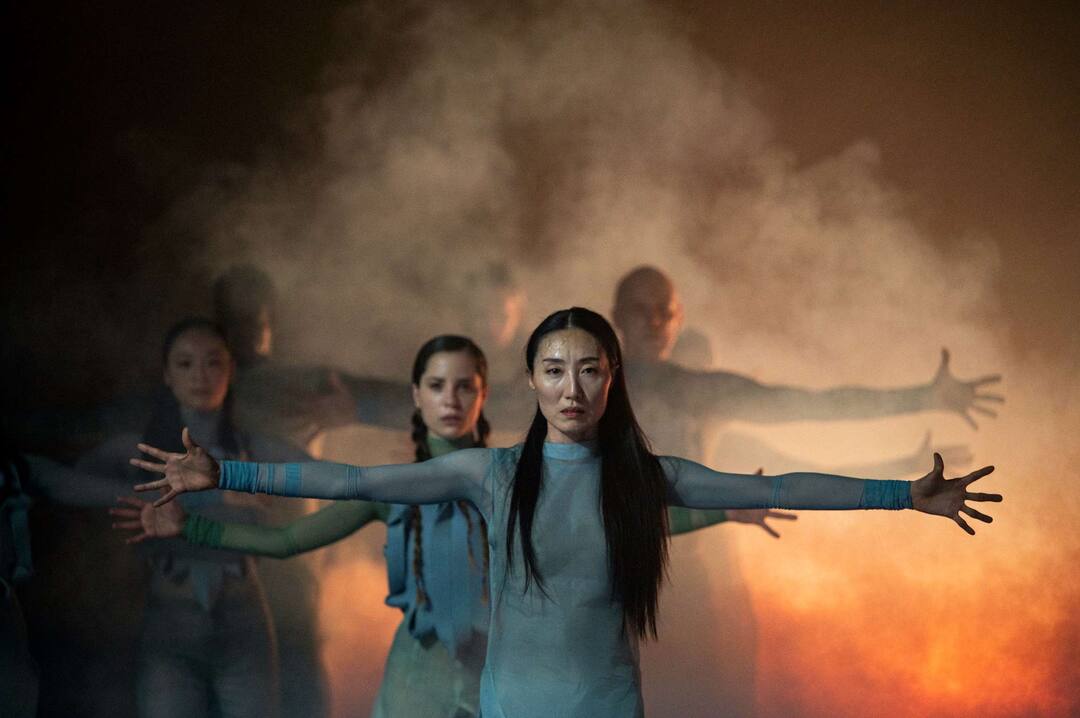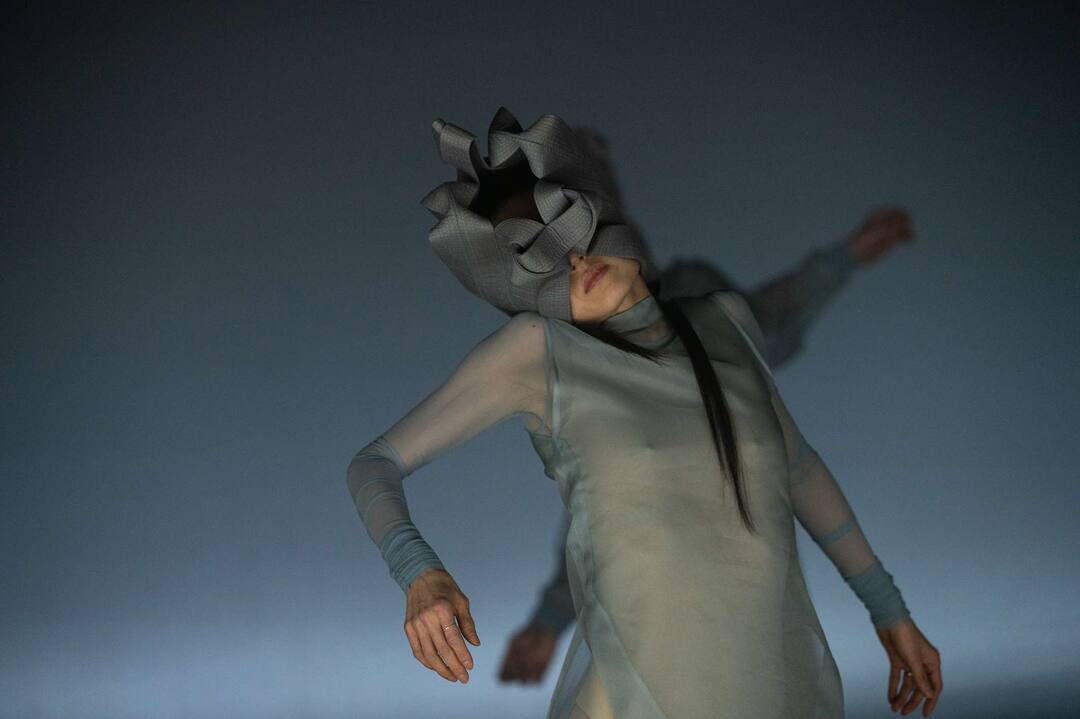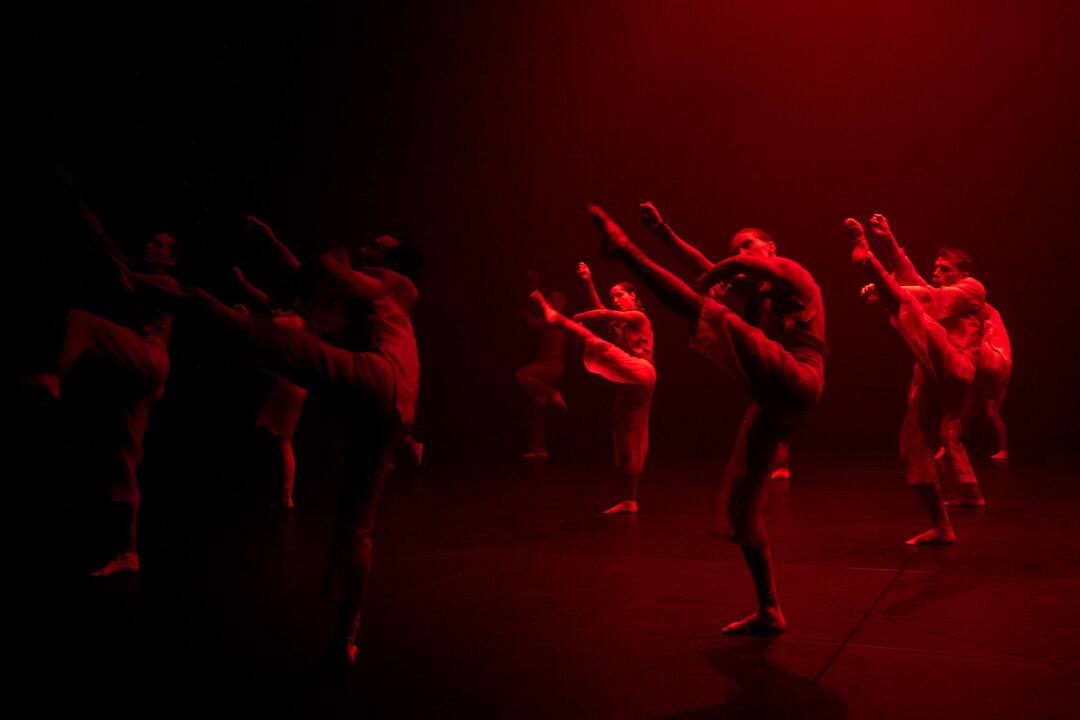On June 6 and 7, the Schlossfestspiele will present »Beethoven7« on the stage in the Forum. This two-part dance evening combines the electronic piece »Freiheit/Extasis« and Beethoven’s seventh symphony together – how can that work?
People expect Beethoven’s Seventh Symphony but get »Freiheit/Extasis« first instead (laughs). Sasha Waltz had the idea of expanding the symphony, a kind of fifth movement. In »Beethoven 7«, this part now precedes it. Ludwig van Beethoven’s symphony inspired me to do something opposite. to do something opposite. Beethoven works with high-contrast images: first image, second image, third image, then image, third image, then a mixture of first and second image. «Freiheit/Extasis«is a conglomerate, a carpet of sound consisting of long-lasting sounds and prominent rhythms. In Beethoven’s works, I can always hear chaos that seems to be hidden behind the melodies. »Freiheit/Extasis« brings out this chaos almost oppressively.
What musical means make this chaos resound?
We hand the audience hearing protection, so one would suggest it is about volume. However, it is much more than the volume pressure on the body. The unique feature of «Freedom/Extasis« is physicality. This pressure deceives the senses, and the levels of perception – hearing, feeling and seeing – merge inseparably. We do not know whether we are hearing a melody or whether it is just our perception that puts together a melody from all the sensory impressions. The pressure turns the music into a physical experience.
And how do you compose something like this?
On the one hand, I use a modular synthesizer for this piece because it is remarkably flexible. That’s important when composing for composing for dance. Electronic instruments are often too inflexible and stiff. With the modular synthesizer, I can work more with frequencies and rhythms. At the same time, I am somewhat obsessed with structures. The whole piece is precisely counted and timed, but that’s only relevant to me and must not be heard. For me, the audience must not try to »understand« my music cognitively.
What does the audience hear instead?
I work with sound design for variability. In that music, I move from long drones, i.e. long-lasting sounds, to something rhythmic and concrete without feeling like a slap in the face. The changes blend in so unnoticed that they appear suddenly. Already in the joint rehearsals, we decided to create the feeling that this music has no boundaries. Eternal glissandi never seem to reach their peak and spiral, even higher and higher. It should sound as if it goes on forever. Of course, this is also exhausting. Chaos is like that. The audience should feel the music deep in their gut and want to move with it.
You talk about joint decisions: How did your collaboration how did your collaboration with the dancers work?
I went to rehearsal with my instruments. We set up a small set and developed the piece together through improvisation. When you play directly to the dancers, you can see exactly what moves the bodies and what doesn’t. That is creating the dialogue between dance and music. If there is a reaction, you can see where this reaction leads. That’s how we found a common language and path the piece should take.
What are you particularly looking forward to about the performance?
It’s great that I perform everything live because that way, I can always react in time and be part of the performance. It is also always thrilling to see how the dancers play with the sense of time, distorting it and making their way through the frequencies. They create their very own musical lines.
On June 6 and 7, the exciting dance evening »Beethoven7« by Sasha Waltz & Guests Compagnie awaits you at the Forum Ludwigsburg.
This event is part of the dance subscription and is available together with “Akram Khan Junglebook” at a 20 percent reduced ticket price.
Recommended from 10 years
image © Doro Zinn



